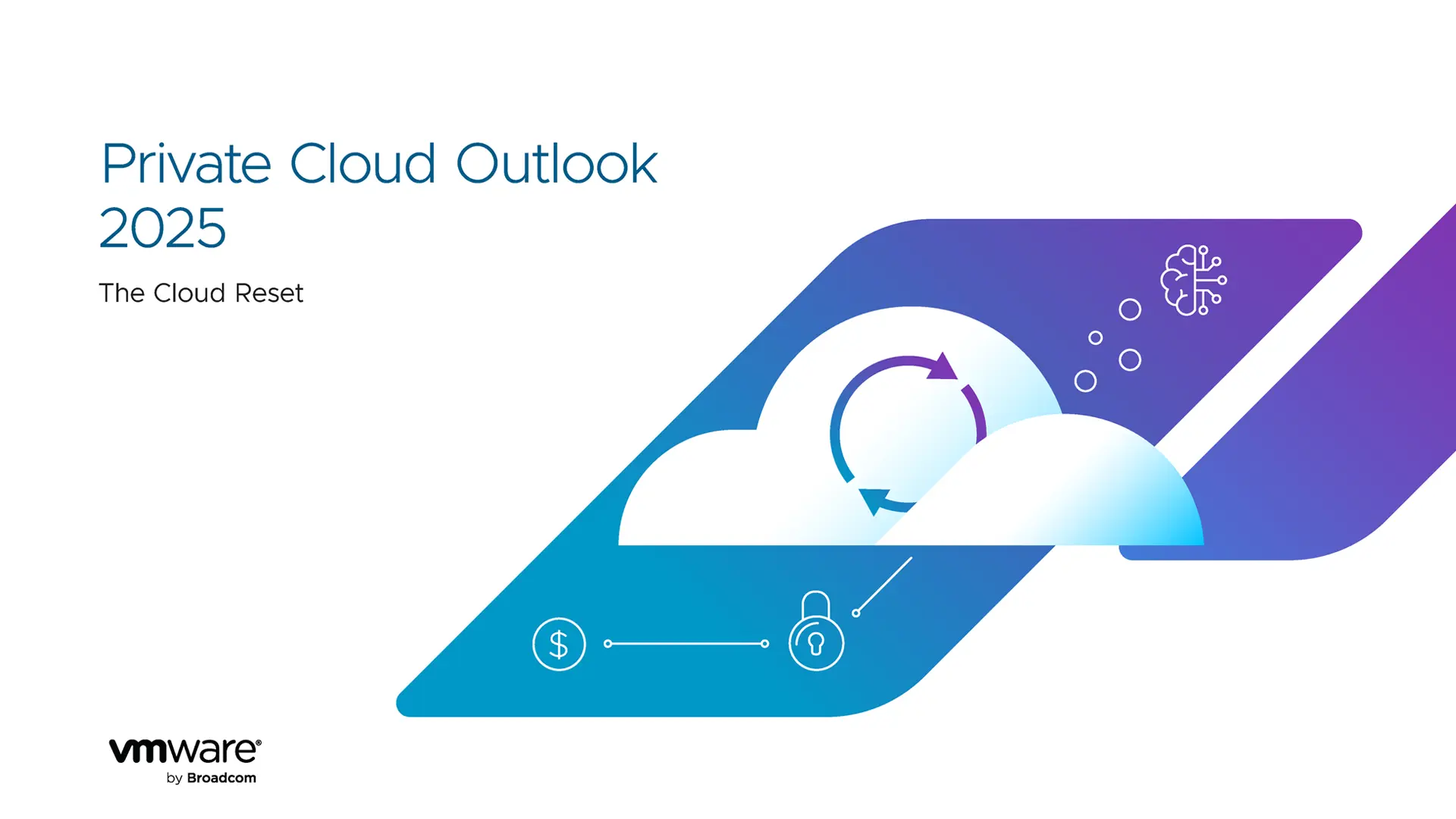What is Lift and shift migration?
Lift and shift migration is a strategy for moving workloads to the cloud without making changes to their architecture or code. It may also be referred to as rehosting or forklift migration. The term most commonly refers to on-premise to cloud migration, however it can also refer to cloud-to-cloud migration between different providers or cloud environments.
A lift and shift migration moves the workload as is, with minimal changes. This is in contrast to replatforming, refactoring, and rearchitecting, where varying levels of changes are made to the workload during the migration.
Lift and shift is often appealing as it means you can start working from the cloud quickly. However, there are risks to this strategy which should be taken into account. In this insight we will examine the potential risks of lift and shift, instances where a lift and shift strategy is beneficial, and how to mitigate the risks through long-term planning and working with an expert provider.
The potential issues with a lift and shift strategy
Missing the benefits of cloud
Cloud technology can bring significant benefits in contrast to on-premise hosting, including increased scalability, availability and performance. However, when your workloads are not architected for the cloud, or for a specific type of cloud infrastructure, you may not experience all of the benefits. With a lift and shift migration, you miss the opportunity to optimize your sites and applications, and therefore miss all of the advantages and performance improvements of cloud.
Technical debt
In a lift and shift migration you migrate your workloads to the cloud without addressing their existing limitations. This can lead to technical debt – future issues arising from actions made to meet short-term goals. Technical debt is not inherently bad, but any decisions leading to technical debt should be carefully considered. If not addressed, it can lead to increased costs, decreased performance, and an increased risk of system failure.
Just as you may choose to take on financial debt to achieve a goal, you may choose to take on technical debt to achieve a business goal. In this instance, you may choose to undertake a lift and shift migration to meet your short-term needs, knowing you will need to re-architect elements of your platform in the future.
Inefficiencies
With cloud native workloads, or workloads that have been refactored and re-architected for the cloud, you can optimize your resource use. With a lift and shift migration, particularly on-premise to cloud, the workloads are not optimised for the new cloud infrastructure. This can lead to inefficiencies, with higher resource demands, and therefore higher costs.
Security
There are security considerations that come with any platform hosted on the cloud, which are generally addressed through cloud-native security features such as encryption or identity and access management. When a platform is designed or refactored for the cloud, these considerations are taken into account. With a lift and shift, these considerations may not be addressed in the migration process, as the workload is not altered. This can lead to potential security concerns.
When to use a lift and shift strategy
While it should be approached carefully due to the potential issues listed, there are lift and shift cloud migration benefits that should not be overlooked. There are several instances where lift and shift may be appropriate.
When speed is critical
While, in an ideal scenario, you would have plenty of time to complete your cloud migration, sometimes, time is limited. Maybe your contract with your current provider is coming to an end, or maybe it is critical for a specific project that your platform is hosted on the cloud. A lift and shift migration can typically be executed faster than a migration requiring refactoring or rearchitecting.
For legacy systems
Legacy systems – platforms which are still in use, despite using outdated hardware or software – often limit organisations. As legacy systems rely on technology which is no longer supported, they are difficult to update. This can lead to vulnerabilities and unreliable performance. They are also often incompatible with newer technology, meaning systems within an organisation cannot communicate. However, these systems are often too complex, costly, or risky to refactor.
A lift and shift approach to migrate legacy systems to the cloud can be a useful compromise. It avoids refactoring, while bringing some of the benefits of cloud. APIs can be used to connect the legacy systems with cloud infrastructure and applications, enabling data exchange and an interface. This can greatly improve the functionality of legacy systems, and potentially improve uptime and reliability.
As a starting point for a digital transformation
In some cases, a lift and shift can be used as the initial stage of a longer-term migration strategy. If you are unable to undertake a full digital transformation straight away, you may choose a phased approach. A lift and shift migration of your existing infrastructure can be a first step in this approach, with a plan to undertake refactoring and optimizations further down the line. With this approach you start benefiting from the cloud quickly, while acknowledging and planning for the limitations of lift and shift. This can help spread costs, and avoid longer initial migration times.
How to avoid the risks of a lift and shift strategy
If you choose a lift and shift cloud migration, there are measures you can take to avoid the potential risks and pitfalls.
Plan your long-term strategy
To avoid the risks of technical debt and inefficiencies, you should consider the long-term strategy for your infrastructure. A lift and shift can be a useful initial stage, but, as noted, can lead to issues further down the line. If you do not plan for these issues in advance, they may cause unexpected costs for your business.
Your long-term strategy could include regular scheduled performance reviews, where you can identify opportunities for refactoring and rearchitecting elements of your platform. This will allow you to gradually optimize your workloads and experience more of the benefits of cloud.
Alternatively, your strategy could be phased, migrating priority workloads quickly with a lift and shift strategy, and planning to refactor and re-architect other workloads in longer-term migrations. There are many ways to plan your strategy for your infrastructure, and the best option for you will depend on your specific workloads and business goals.
Work with an expert provider
An experienced cloud provider can advise you of the potential issues of undertaking a lift and shift migration of your specific workloads. Your provider can ensure your migration is undertaken as safely as possible, putting plans in place to prevent security risks.
You can further protect your infrastructure by working with a managed service provider (MSP). In addition to the work of a cloud provider who will complete your lift and shift migration and host your workloads, an MSP will handle the ongoing day-to-day management of your infrastructure. This can include providing support if you do experience any issues, advising on optimizations to better take advantage of the cloud and avoid inefficiencies, and supporting your security through monitoring and tools for protection.
Examples of the optimizations an MSP can make include redistributing workloads across servers and virtual machines to best use their resources, load-balancing, or creating containers for elements of your platforms. These optimizations will allow your workloads to run more efficiently on the cloud, saving you resources and money.
The next steps
Whether you opt for a lift and shift strategy, or any other form of migration, a consultation with our cloud experts can help you plan your next steps.
Cloud consultation is an essential stage in our migration planning. We provide a truly consultative approach, taking the time to understand your specific needs, before planning and implementing a seamless migration.
Find out more – fill out our contact form and we will be in touch.



